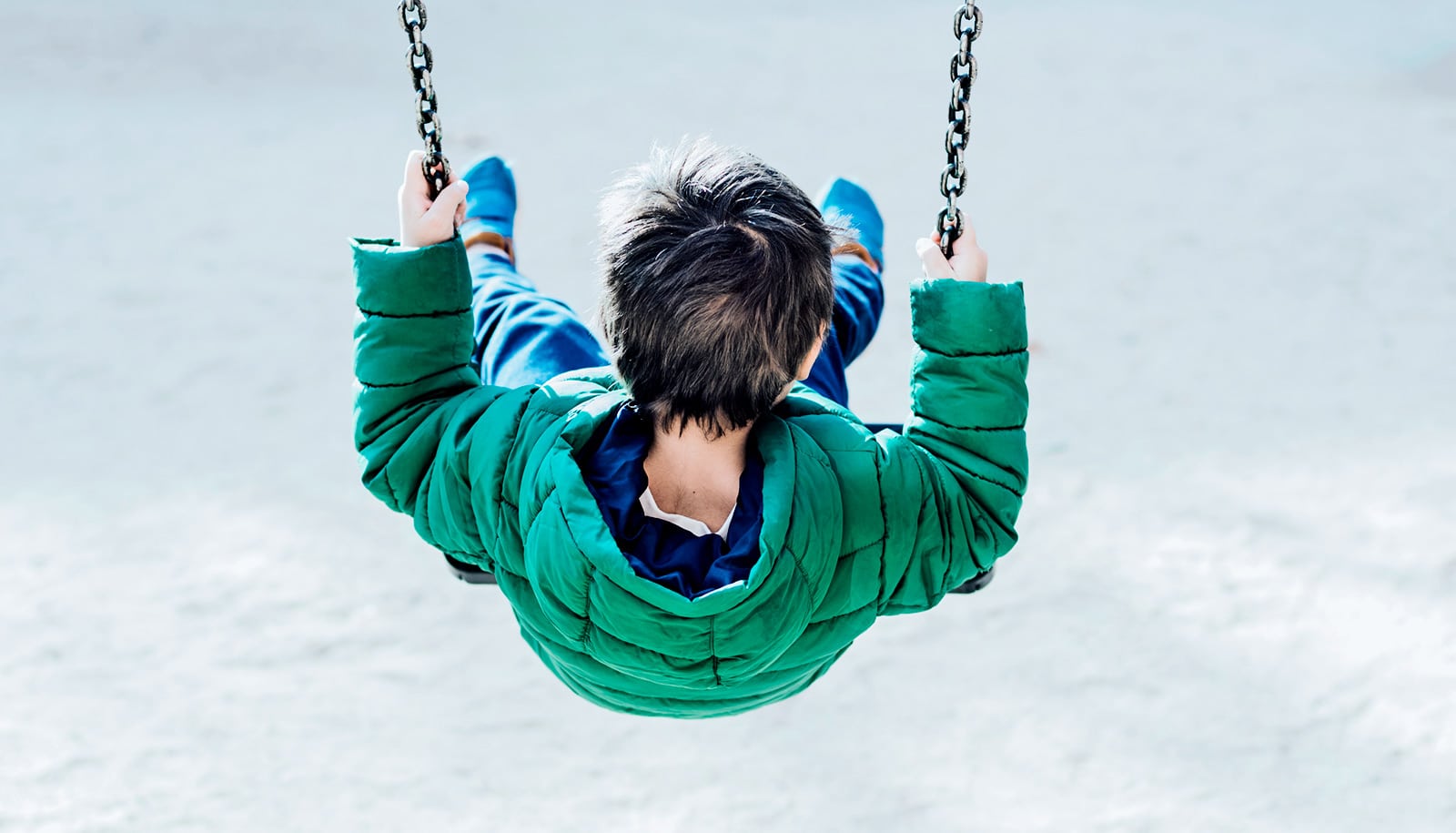New research clarifies how adversity early in life affects the ways children develop, including their executive function skills.
Experiences such as poverty, residential instability, or parental divorce or substance abuse can lead to changes in a child’s brain chemistry, muting the effects of stress hormones—those that rise to help us face challenges, stress, or to simply “get up and go.”
Together, these effects on executive function and stress hormones create a snowball effect, adding to social and emotional challenges that can continue through childhood.
“This study shows how adversity is affecting multiple systems inside a child,” says lead author Liliana Lengua, a professor of psychology at the University of Washington and director of the Center for Child and Family Well-Being.
“The disruption of multiple systems of self-control, both intentional planning efforts and automatic stress-hormone responses, sets off a cascade of neurobiological effects that starts early and continues through childhood.”
Cortisol and stress
For the study in Development and Psychopathology, researchers evaluated 306 children at intervals over more than two years, starting when participants were around 3 years old, up to age 5 and a half. Children were from a range of racial, ethnic, and socioeconomic backgrounds, with 57 percent considered lower income or near poverty.
“When someone is faced with high levels of stress all the time, the cortisol response becomes immune…”
Income was a key marker for adversity. In addition, researchers surveyed the children’s mothers about other risk factors linked to poor health and behavior outcomes in children, including family transitions, residential instability, and negative life events such as abuse or the incarceration of a parent.
Against these data, the researchers tested children’s executive function skills with a series of activities, and, through saliva samples, a stress-response hormone called diurnal cortisol.
Cortisol “helps us rise to a challenge,” Lengua says, and tends to follow a daily, or diurnal, pattern: It increases early in the morning, helping us to wake up. It is highest in the morning—think of it as the energy to face the day—and then starts to fall throughout the day. But the pattern is different among children and adults who face constant stress, she says.
“What we see in individuals experiencing chronic adversity is that their morning levels are quite low and flat through the day, every day. When someone is faced with high levels of stress all the time, the cortisol response becomes immune, and the system stops responding. That means they’re not having the cortisol levels they need to be alert and awake and emotionally ready to meet the challenges of the day.”
Snowball effect
To assess executive function, researchers chose preschool-friendly activities that measured each child’s ability to follow directions, pay attention, and take actions contrary to impulse.
For instance, in a game called “Head-Toes-Knees-Shoulders,” the rules say children should do the opposite of what a researcher tells them to do—if the researcher says, “touch your head,” the child is supposed to touch their toes. In another activity, children interact with two puppets—a monkey and a dragon—but are supposed to follow only the instructions given by the monkey.
When children are better at following instructions in these and similar activities, they tend to have better social skills and are better able to manage their emotions when stressed. Children who did well on these tasks also tended to have more typical patterns of diurnal cortisol.
But children who were in families that had lower income and higher adversity tended to have both lower executive function and an atypical diurnal cortisol pattern. Each of those contributed to more behavior problems and lower social-emotional competence in children when they were about to start kindergarten.
The study shows that not only do low income and adversity affect children’s adjustment, but they also affect these self-regulation systems that then add to children’s adjustment problems. “Taken all together, it’s like a snowball effect, with adverse effects adding together,” Lengua says.
While past research has pointed to the effects of adversity on executive function, and to the specific relationship between cortisol and executive function, the new study shows the additive effects over time, Lengua says.
“Executive function is an indicator that shows the functioning of cognitive regulation. Cortisol is the neuroendocrine response, an automatic response, and the two consistently emerge as being related to each other and impacting behavior in children.”
Experts could use the research to inform parenting programs, early childhood, and school-based interventions, Lengua says. Safe, stable environments and communities, and positive, nurturing parenting practices support child development, while a focus on relationships and healthy behaviors in preschool settings can support children of all backgrounds—those with high as well as low adversity.
Additional coauthors are from the University of Washington; the University of Oregon; the University of California, Los Angeles; and the of the Boston Child Study Center.
Source: University of Washington



